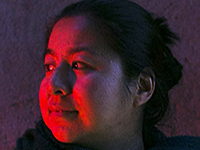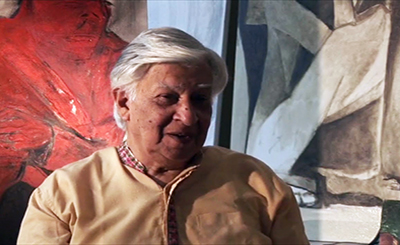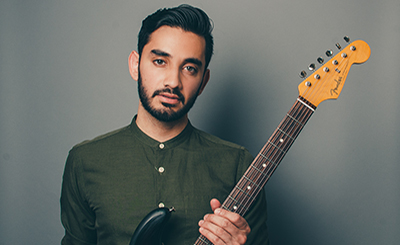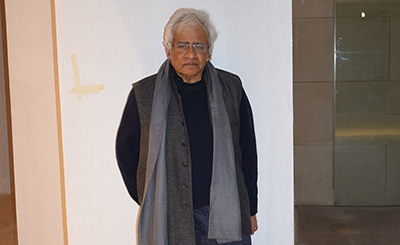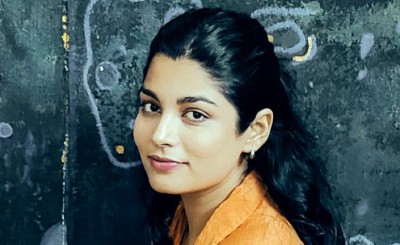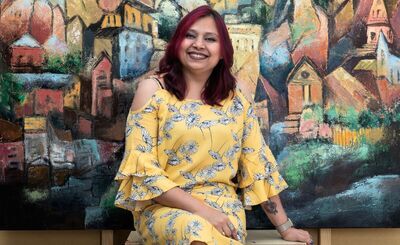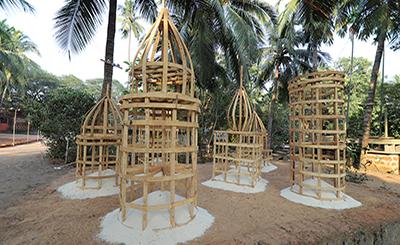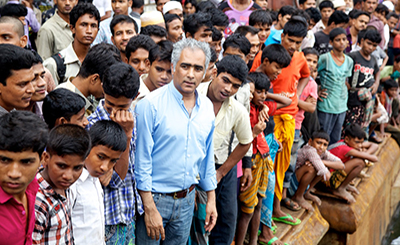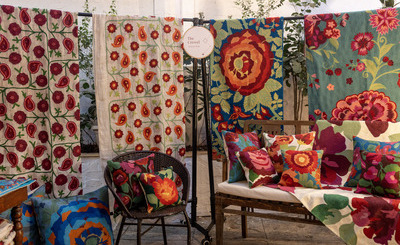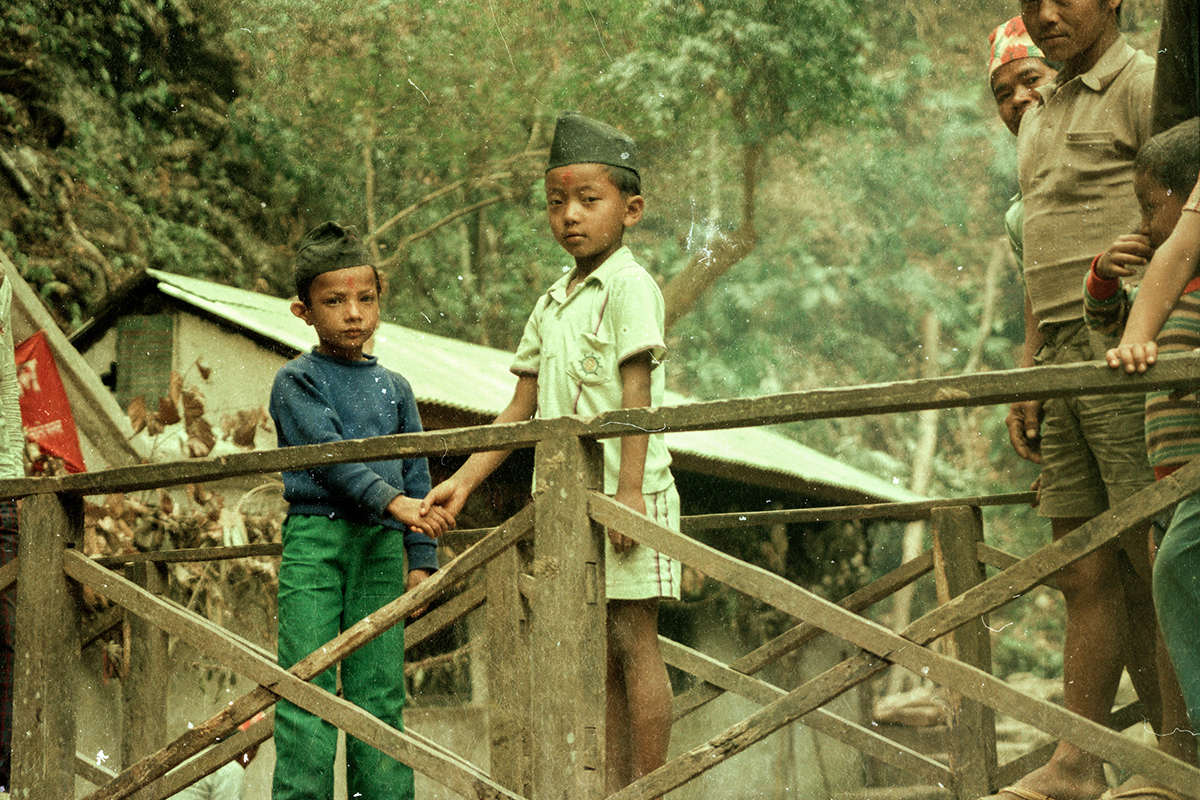
Govinda Adhikari Collection/Nepal Picture Library
Through this period of physical isolation, I have been grateful to friends for helping me stay afloat. I understand and imagine so much of the world through their eyes. How can this understanding shape the kind of solidarity I engage in? How, why, and who does this solidarity serve?
I have been thinking a lot about friendship through this pandemic. I can’t imagine surviving this period without having friends to turn to, for humor, wisdom and hope. I have been so grateful to them for checking in and holding space, through sometimes grim and other times inspiring conversations, and very often through long stretches of silence. I understand and imagine so much of the world through the eyes and life circumstances of my friends. It a visceral kind of understanding, different from intellectual inquiry. It makes the world feel a lot more ‘real’. I have learned a lot from my friends, and there is a lot more to learn.
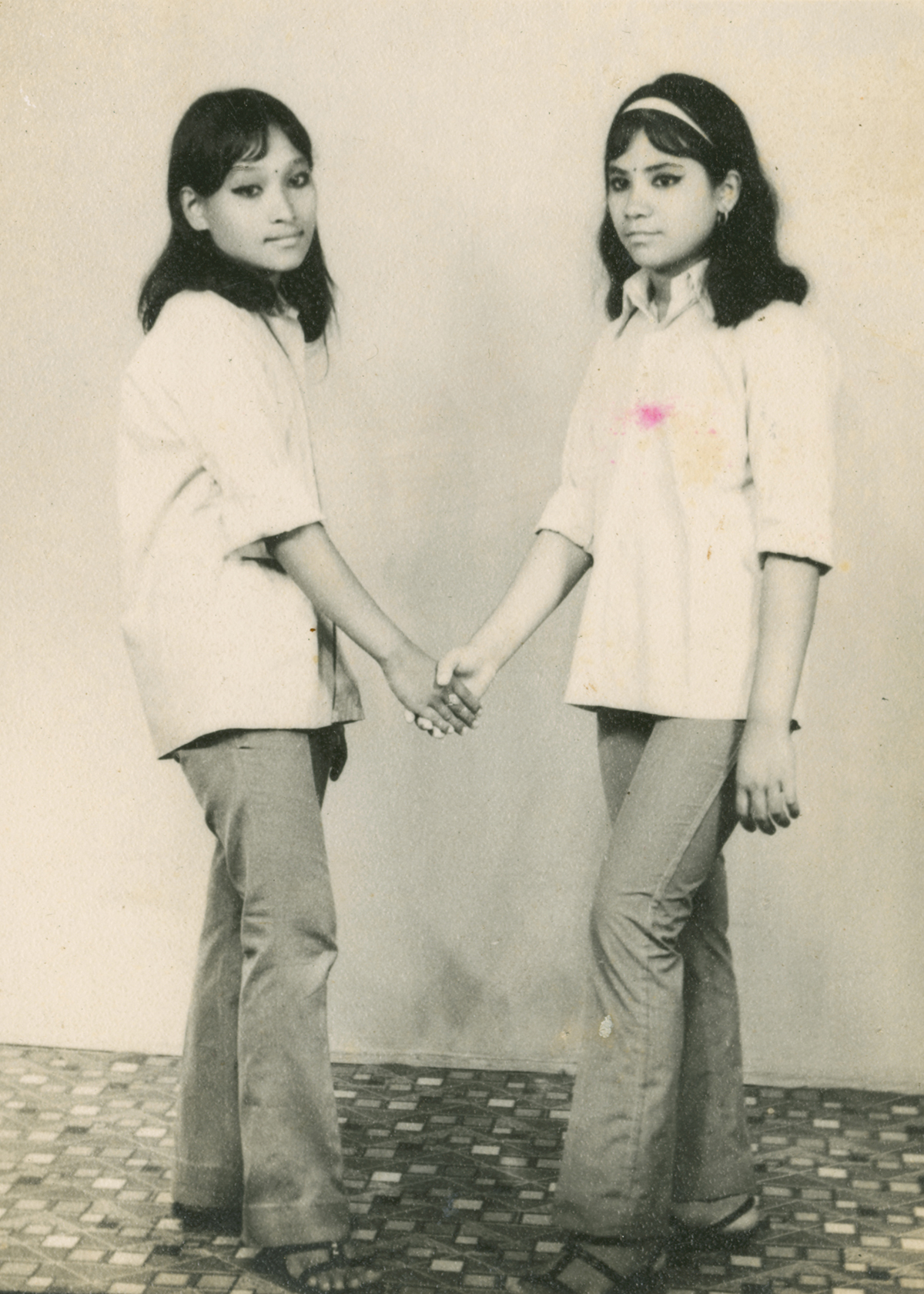
Sanjay Sthapit Collection/Nepal Picture Library
I have also been thinking a lot about the idea and rhetoric of solidarity. Last year, I had the great pleasure of engaging in a range of readings and conversations around the intricate and imperfect workings of solidarity building and collective action. I got to do this work in close collaboration with my dear friend and warrior mental health and disability support practitioner Prathama Raghavan, which made the experience that much more meaningful. After a year of thinking and talking about solidarity, and engaging in collective action on various fronts, one day I found myself at a dark place where all of a sudden “solidarity” felt like a cheap word. Over-used. A conceptual construct. A performative gesture. I almost felt ashamed to use it.
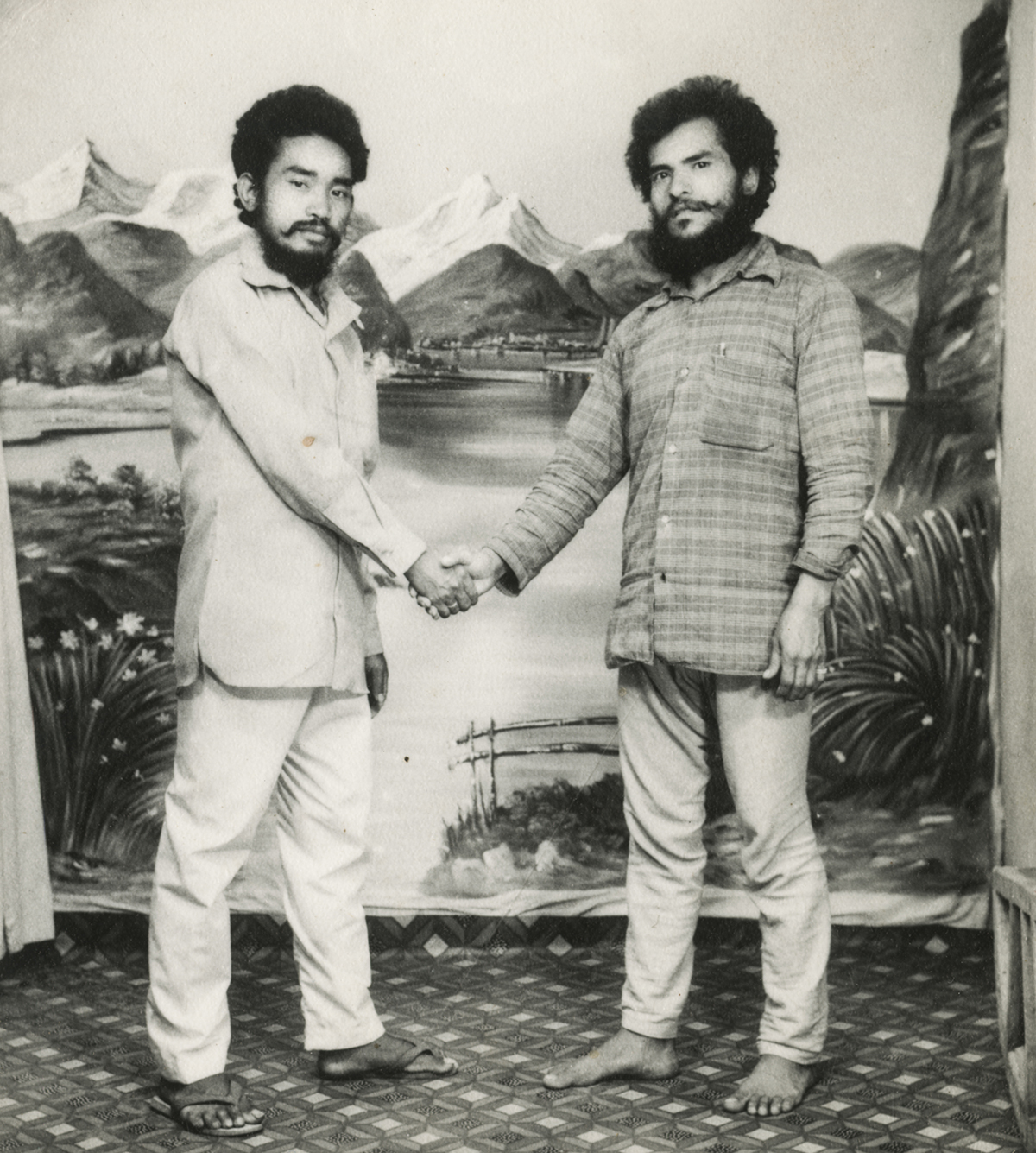
Dharma Dutta Bajracharya Collection/ Nepal Picture Library
Recently, here in Nepal, as a majority of our communities have been pushed to inconceivable precarity by the pandemic and unjust, incompetent governance, yet another 13-year-old Dalit girl — this time her name was Angira Passi— was raped, handed over for marriage to the family of the “upper” caste man who raped her, and was then found hanging in a supposed case of suicide. Thousands of miles away, yet another black man —this time his name was George Floyd — was killed by a white policeman, who kneeled over his neck for 8 minutes and 46 seconds, in broad daylight, casually causing mechanical asphyxia.
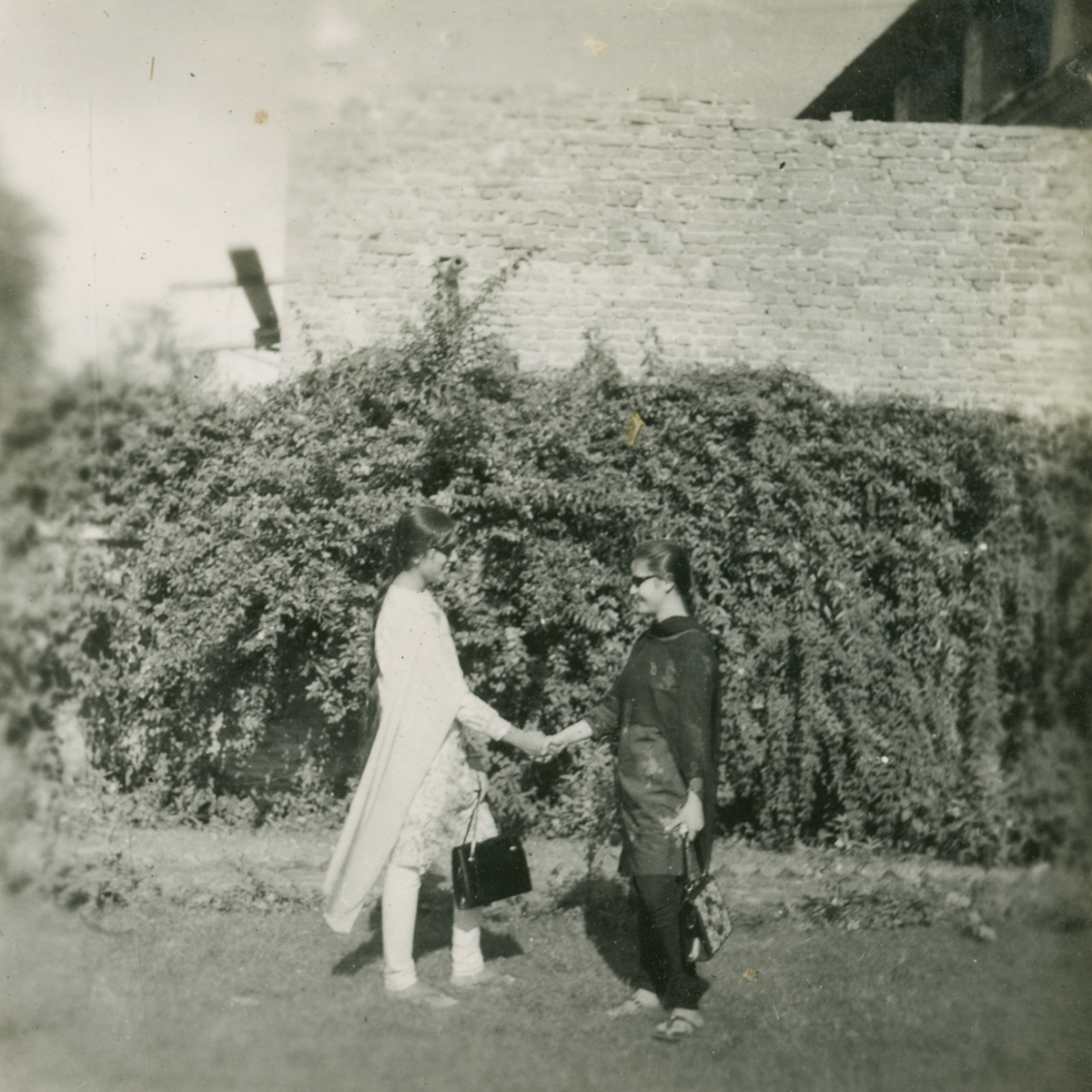
Bidhan Ratna Yami Collection/Nepal Picture Library
What does it mean to be in solidarity at a time like this?
How do I respond? If my solidarity creates visibility, who does it visibilize? What impact does that visibility create? For whom and what purpose? How to be sure that the visibility is not just about me? How do I navigate the deep discomforts that arise when I ask myself these questions? How do I not let these these questions, this discomfort, my privilege,paralyze me and keep me silent? So many humbling lessons to be learnt about the ethical intricacies of solidarity work; so much to figure out about how, why, and who it really serves.
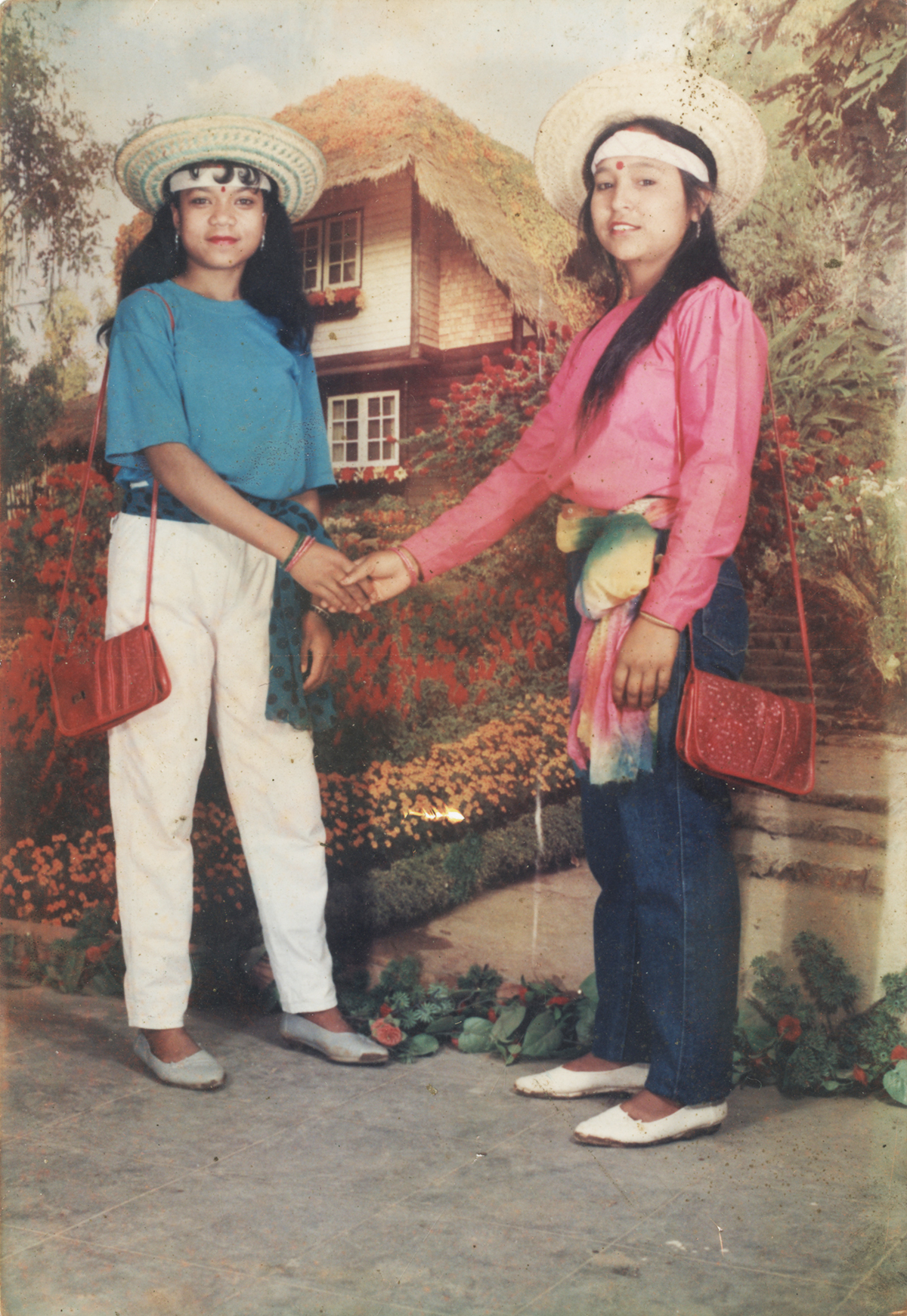
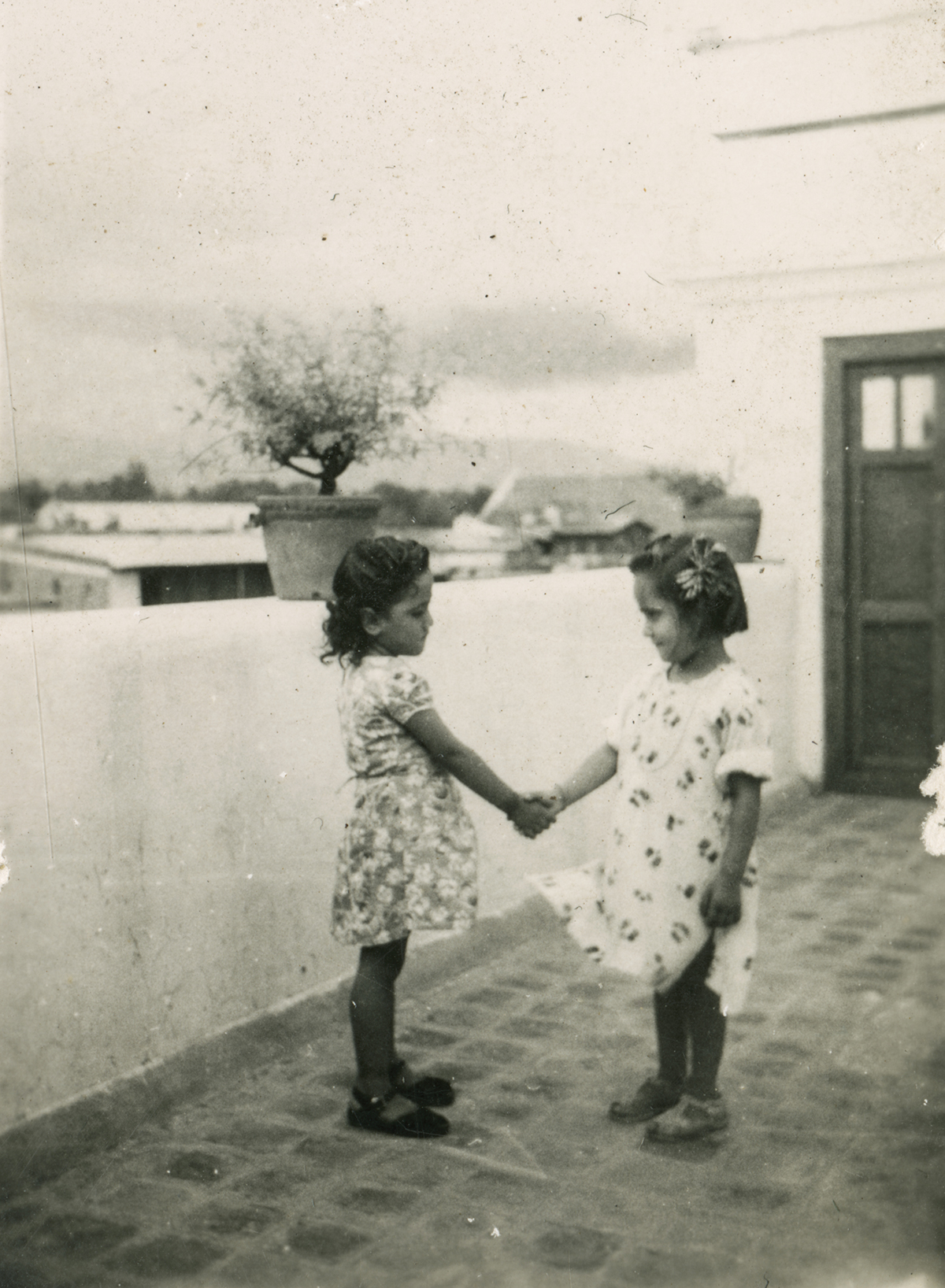
Bidhan RatnaYami Collection/ Nepal Picture Library
These photographs I share here are from the Nepal Picture Library. They have surfaced from different family albums that have been contributed to the archive over time. These people never knew each other, but they kept doing the same thing over and over again, reaching out, holding hands, holding space, upholding friendship. Each photo makes me smile. They are so beautifully simple, and yet they profoundly restore my faith in the possibility and need for solidarity. They aid me to put aside the empty cynicism. They remind me of the incredible battles people have fought, together, as friends, and allies, toe to toe, pushing and pulling each other up and along, showing up despite history and baggage, stepping back, showing up again, when it mattered the most, and long before, and long after. They prompt me towards the quiet, intangible and invisible holding of hands it has taken and is going to continue to take,to see the transformations we hope for, in ourselves, and in the world around us.
This piece is part of our special issue on Art in the time of Pandemic, curated by critic, author and one of our contributing editors, Ina Puri
More from Arts
Comments
*Comments will be moderated



